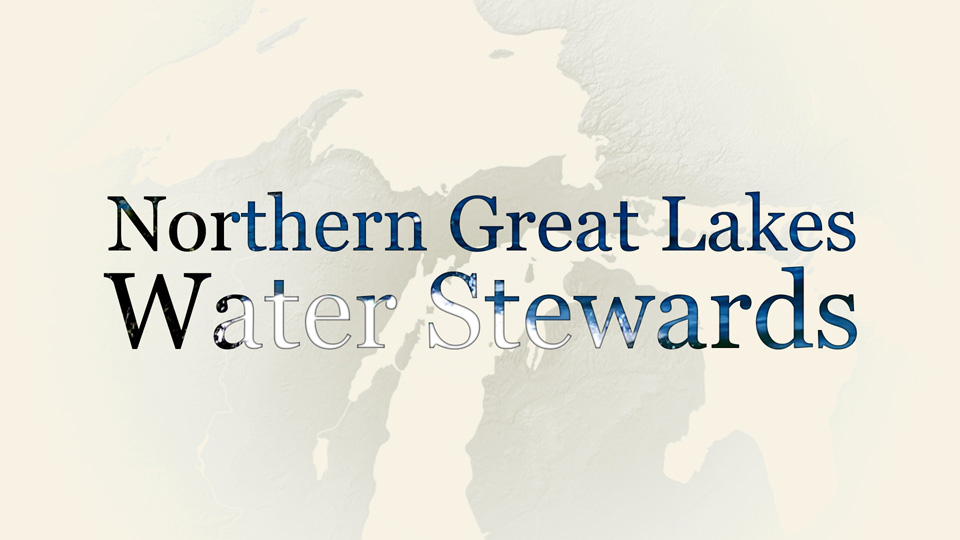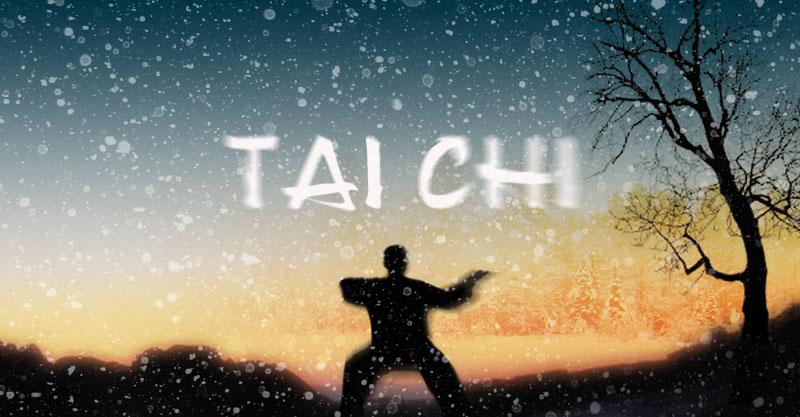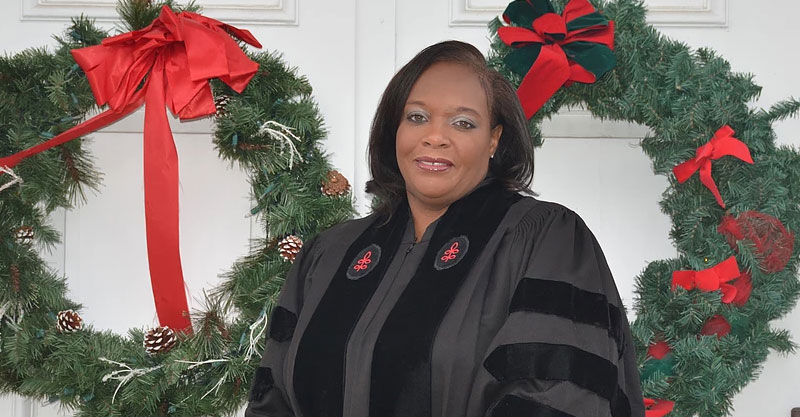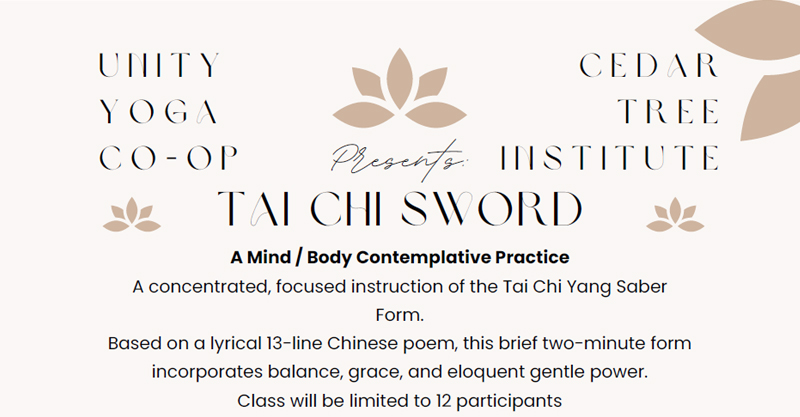Protecting the Blue Planet
By Jon Magnuson
In mid-September, Mother Earth will, once again, tilt in orbit around the sun, spinning in exquisite balance. We call this the Equinox. This time around, most of us will also be seeking to find a deeper kind of balance. We’re stumbling out of a terrifying global experience shaped over these past 19 months by COVID-19. How will we choose to live with each other and our environments now? What will water have to do with it?
Most of us take it for granted, but keeping hydrated—that is, drinking enough water—is absolutely key to sustaining our human health. Water is also part of the much larger drama of our planet’s precarious existence. Without water, there is no life whatever.
In August, only weeks ago, the United Nations released its assessment of the impacts of climate change. Included in that document are “red code “warnings about predicted drinking water shortages for over 50% of the world’s population by 2035. Below are some insights that can help us understand what’s going on.
Scientists remind us that our water (in its various forms—ice, rain, groundwater, mist, and steam) is the same water that has been here since the origin of the world as we know it. Where water first came from is, so far, an inscrutable mystery. We are living on a “blue” planet, with water in dynamic, regulated balance. Climate change, the melting of Arctic ice, and the impact of human development are, however, altering and distorting this delicate equation. Weather has now become more extreme; aquifers, where water is stored underground, are increasingly depleted; and vast reaches of our tropical forests are being destroyed.
As we enter this more precarious world, we would do well to honor the mystery of water, what my physician friend Scott Emerson calls “the essential nutrient.” We who inhabit the Great Lakes Basin are blessed with 20% of the freshwater in the world. It makes sense that we should be guardians and stewards of that resource. This is where it gets complicated, however. The quality of water surrounding us here in Upper Michigan, though superior to water in other parts of the country, is in fact not what it at first appears.
Seth Siegel in his book Troubled Water: What’s Wrong with What we Drink (2019) provides an overview of the history of municipal water systems in the United States. In this careful, meticulously researched book, Siegel warns that the recent water crisis in Flint, Michigan, is the tip of a much larger, nation-wide iceberg of neglect and ignorance. Proliferation of commercialized bottled water, we all know, is now a part of daily life for most Americans. Why have we so easily bought into the assumption that we need commercially purchased water? Could this be evidence that something’s gone wrong?
Access to clean drinking water and pure air should be a human right, regardless of economic status, social class, and ethnic background. Because water is essential for human life, it needs to be a public trust, not a privilege of the wealthy. Siegal points out that there are currently over 50,000 separate municipal water systems in the U.S. Almost without exception, these systems are maintained to meet only minimal standards for human health. For instance, the EPA has identified over 100 toxic chemicals that are harmful to human health and that are found in lakes, streams, and other bodies of water. Currently, however, our municipal water systems typically test for only a dozen or so of these 100-plus toxic chemicals. For private wells, there are no regulations at all. According to Siegal, the majority of private wells are contaminated to some degree by ground water from industrial waste runoff, agriculture, and development projects.
A sound initial response to this state of affairs is for all of us to begin acquainting ourselves with our own drinking water here in Michigan’s Upper Peninsula. First, we must demand that our water be tested not just for a minimum number of contaminants, which is current practice. We can also remind one another, as Jon Saari, founder of the UP Environmental Coalition and his colleague David Arnold state, that there’s “a sixth great lake” that requires our protection. That sixth lake is the vast underground system of aquifers that feeds our lakes and streams and that connects all five Great Lakes together. Arnold and Saari propose that, if we don’t prevent toxic contamination of this sixth Great Lake, we risk poisoning our all-important ground water supply for generations to come.
There’s no good reason, except for emergencies, for commercially bottled water. Rather than supporting private, commercial water, we could instead commit to funding truly healthy public water systems. In this endeavor, we can and should work as partners with regional American Indian tribes to ensure higher standards for the quality of our water. We should all become “guardians of the Great Lakes”—kind and generous, and also wise, but fiercely protective, too, of our most vital resource.
As you, the reader, finish this column, know that a few leaders of our faith communities are joining together with regional American Indian tribes to do just that. Please stay tuned.
WATER-SAVING TIPS
Offer a brief, mindful ritual of thanks before drinking your first glass of water each morning.
Avoid purchasing plastic bottled water; instead, use your own thermos/container.
Contributor’s note: Jon Magnuson is Director of the Cedar Tree Institute and a member of the Interfaith Northern Great Lakes Water Stewards.

“The Gift of Water” columns are offered by the Northern Great Lakes Water Stewards and the Cedar Tree Institute, joined in an interfaith effort to help preserve, protect, and sanctify the waters of the Upper Peninsula.




